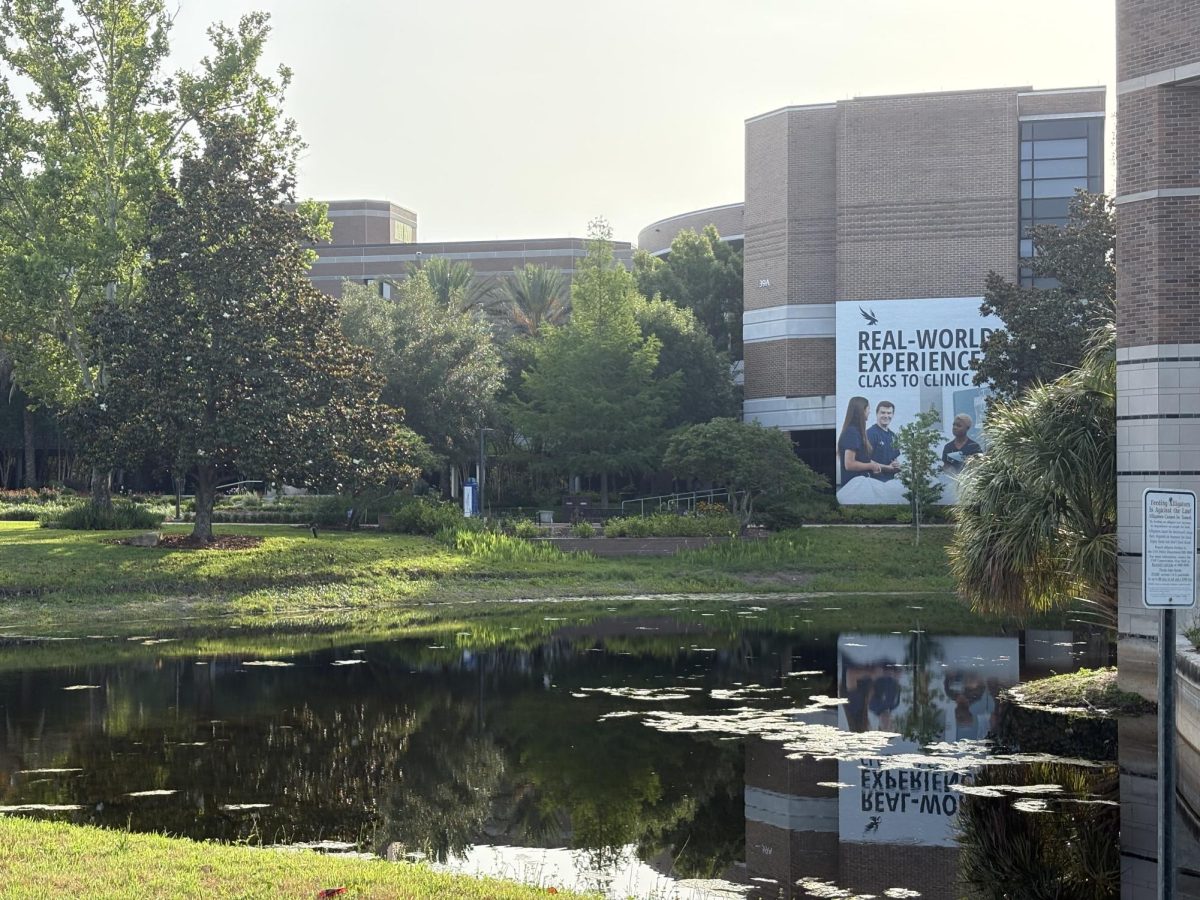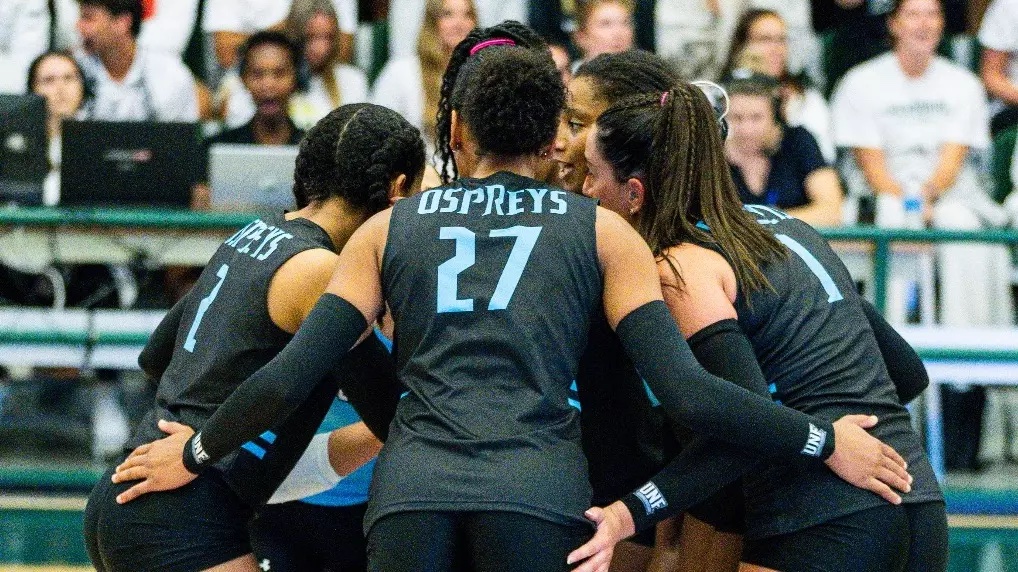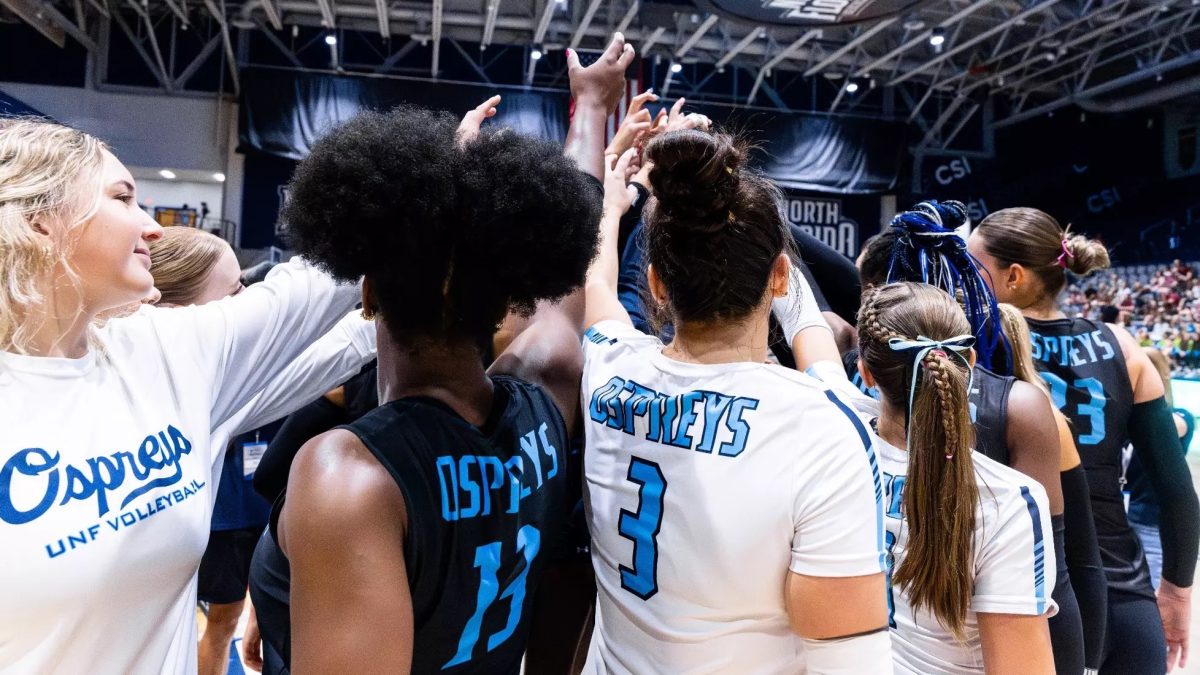The Florida Senate has cleared a bill which would reduce the payout from the Florida Bright Futures scholarship and require more from students initially seeking the scholarship. With state lottery revenue sagging, legislators are looking for ways to preserve Bright Futures without bankrupting it.
Bright Futures currently has an appropriation of $418.9 million – over three times the amount appropriated for Florida’s need-based aid program, the Florida Student Assistance Grant.
Bill 1344, which the Senate must rectify with the House of Representatives before voting, calls for cuts to the scholarship’s overall payout and the window of opportunity in which to use it.
Bright Futures currently pays 110 percent of the number of credits necessary for a degree, but under the senate’s bill the scholarship would pay 100 percent, said UNF Vice President Governmental Affairs Janet Owen.
The proposed bill would also reduce the time students can utilize the scholarship from seven years to four, Owen said.
Similarly, students would not be able to restore the scholarship if they lose it for academic reasons, though there is a hardship clause for students under extenuating circumstances.
The bill also proposes stricter eligibility requirements.
SAT scores required for the Academic Scholar award, which grants 100 percent of tuition, would rise 20 points from 1,270 to 1,290 under the bill. Medallion Scholars will need a score of 1,050 – up from 970.
In an effort to alleviate strain on current high school students seeking the award, the stricter eligibility requirements will be implemented in yearly phases, ending in 2014, Owen said.
The program, in both its House and Senate iterations, will remain a flat-rate, meaning that it does not cover tuition differential increases mandated by individual universities.
The Senate’s bill would also require students who seek the Bright Futures scholarship to fill out a Free Application for Federal Student Aid, also known as FAFSA, application.
“Bright Futures is not a right, it’s a privilege,” said Student Body President John Barnes. “[Students have] been able to get a full ride, or at least 75 percent, for having a 3.0 and a way-below-average SAT score. We’re making them [high school students] more accountable, and I think it’s great.”
The proposed changes do offer leeway in one area. Students who gain acceleration credit through programs like Advanced Placement, International Baccalaureate or dual enrollment may use leftover Bright Futures credits for up to 15 hours of graduate courses.
Savings for the state
According to a bill analysis document compiled by the Senate, changing test score eligibility requirements alone would save the state $8 million in the 2012-2013 school year and $100 million by 2018.
The state would reclaim $4 million every semester students are not allowed to restore Bright Futures once lost.
Reducing coverage from 110 percent of necessary credit hours to 100 percent would save Florida $9 million annually, and limiting the award to four years reduces the program’s cost by a projected $27 million by 2016.
The proposed cuts are an effort to preserve Bright Futures for the most possible students while preventing it from bankrupting itself, Owens said.
“Be grateful for the money we have, and thank God they haven’t gotten rid of it yet,” Barnes said.
Florida legislators will finalize and vote on the bill before their session ends April 30.
















James D. Rusnak | Mar 12, 2011 at 7:29 pm
Supporters of all state sponsored programs are asking the theirs does not received any cuts. This “Bright Futures” program is really one that should be given every consideration for not having it’s funds cut. As a conservative Republican, and a Rick Scott voter, I am well aware of the financial status of our state. However, this program is much to valuable to take away from some very smart high school graduates.